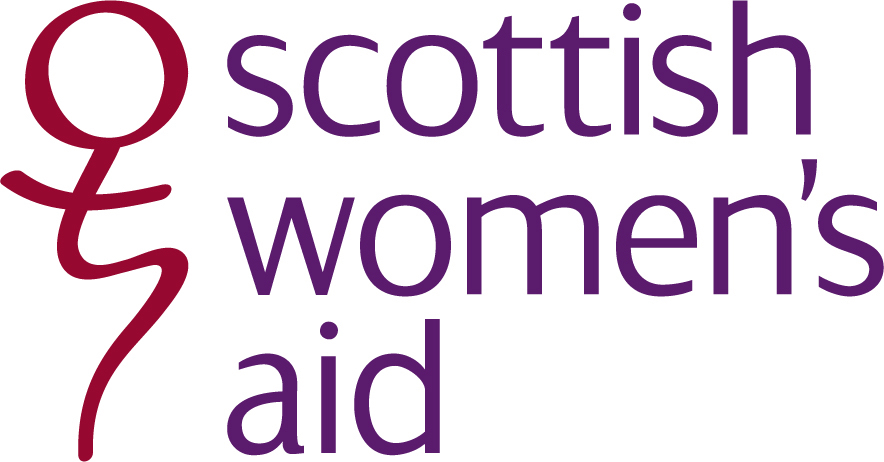The Scottish housing market is facing a period of uncertainty as sweeping reforms to property taxation are debated at the UK level. Chancellor Rachel Reeves has indicated that the government is reviewing how homes are taxed, with the possibility of replacing council tax and stamp duty with a new annual levy tied to property values. While taxation is partly devolved, any UK-wide shift would almost certainly trigger reforms in Scotland, raising significant questions for homeowners, buyers, and investors alike.
The Current Scottish System
Scotland already operates a distinct property tax regime:
- Council Tax, set and collected by local authorities, remains based on property valuations from 1991. This creates distortions, with some households in modest homes paying disproportionately more than those in valuable properties elsewhere.
- Land and Buildings Transaction Tax (LBTT) replaced stamp duty in Scotland in 2015. It applies progressively, starting at £145,000 and rising steeply at higher thresholds. Critics argue that LBTT deters mobility, especially for families wanting to move up the ladder or retirees seeking to downsize.
What Could Replace It?
The model most often discussed comes from the think tank Onward, which has suggested a Proportional Property Tax. The framework would abolish council tax and LBTT, replacing them with a simple annual charge on a property’s current market value:
- 0.44% on the portion of value up to £500,000.
- 0.54% on the portion between £500,000 and £1 million.
- 0.81% on the portion above £1 million.
So, a home in Edinburgh valued at £600,000 would face:
- £2,200 tax on the first £500,000.
- £540 on the next £100,000.
- Total: £2,740 per year.
This structure is progressive, with higher-value properties contributing more on the portion of value above each threshold.
Potential Impacts in Scotland
The implications for Scotland could be wide-ranging:
- First-time buyers may benefit, since they would no longer face upfront LBTT charges. This could improve access to homeownership, particularly in cities like Glasgow and Aberdeen.
- Retirees and long-term owners of high-value homes, often asset-rich but cash-poor, might face difficulties covering ongoing annual charges. This could push some to sell or downsize.
- Investors and landlords would see their running costs rise, potentially passing the burden onto tenants in an already stretched rental market.
- Housing supply could improve if more owners of larger homes are incentivised to downsize, freeing up stock for younger families.
The Scottish Housing Context
Scotland faces an ongoing housing shortage, with demand consistently outstripping supply. The First Minister has acknowledged a “housing emergency” in multiple councils, where waiting lists for social housing are growing. Any tax reform must therefore strike a balance between fairness in revenue collection and avoiding further upward pressure on house prices and rents.
Political and Public Debate
Implementing such a tax in Scotland would require Holyrood legislation, and it is far from guaranteed. Property taxation is politically sensitive, and resistance from homeowners—especially in wealthier areas such as Edinburgh, Aberdeen, and parts of the Highlands—could be strong. However, reform advocates argue that it would modernise an unfair, outdated system and provide a more stable revenue base for councils.
While final decisions are not expected until the Autumn Budget, Scottish policymakers are already under pressure to respond. If the UK government moves ahead, Scotland will need to decide whether to adapt its own system or risk further divergence. Either way, the conversation about how property is taxed—and how that affects affordability, mobility, and fairness—has only just begun.










